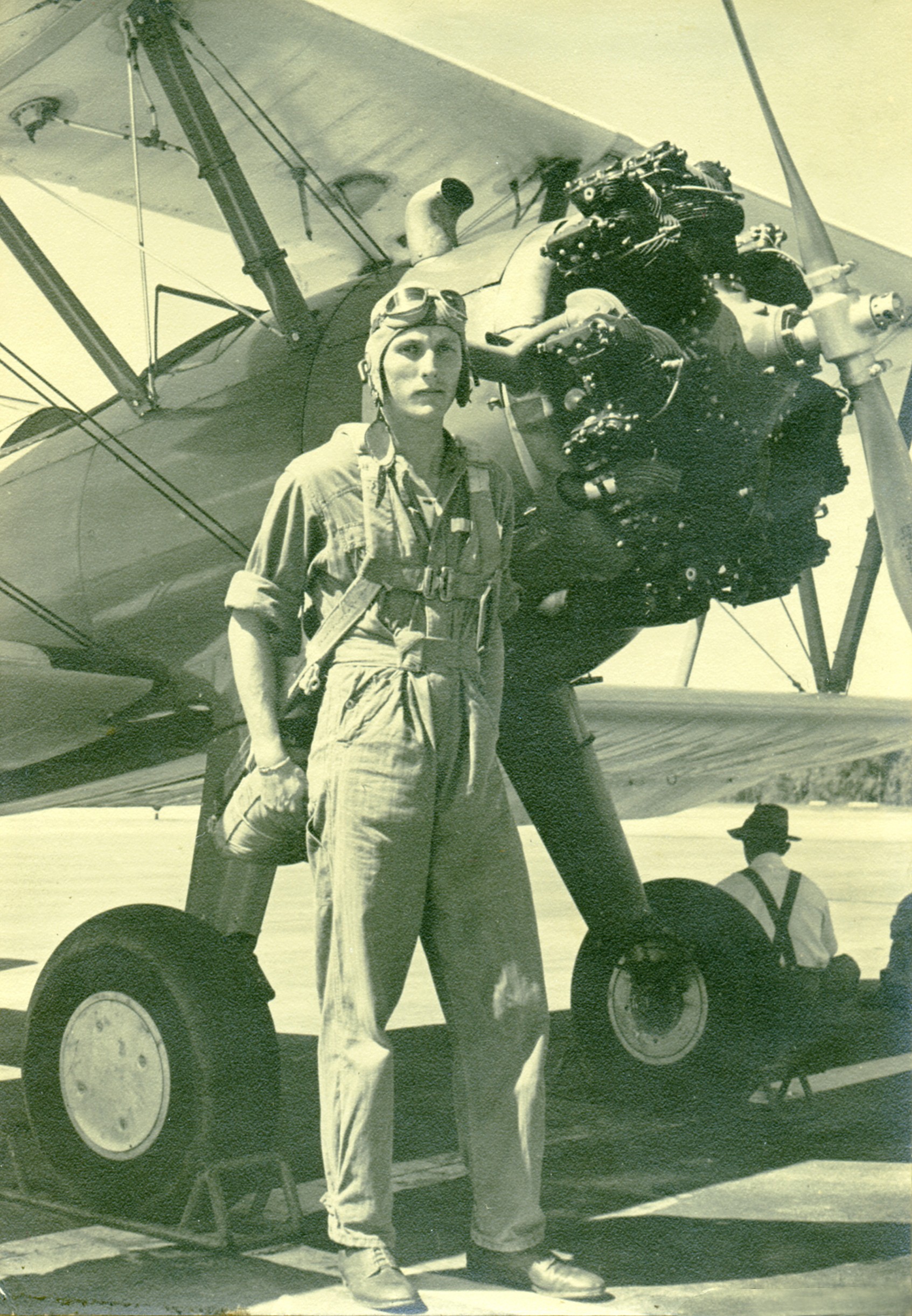MARCH 15, 2025 – The older I grow, the less I know. Some of what I do know, however, I know better than ever. One example: knowing that I don’t understand war; never have, never will. It’s the epitome of irrationality. Another example of what I know better than ever is that war will never be eradicated. But a third example of what I know with just as much certitude is that war brings out the best in good people and the worst in bad people.
Since I’ve never had to fight in a war, all my knowledge about armed conflict is second hand—from hearing veterans talk about it, watching films based on true stories, and reading lots of military history.
Recently, I watched Above and Beyond, a documentary film on PBS that affirmed the notion that “war brings out the best in good people.” The story centers on Bruce Sundlun, a Jewish-American pilot of Damn Yankee![1]—a B-17 that was shot down over Belgium after a bombing run over Solingen, Germany in December 1943. The plane crashed into turnip field near the village of Jabbeke, about 12 miles from Bruges, after Sundlun and his co-pilot stayed with the aircraft long enough to execute a hard right turn to prevent the ship from smashing into the town center. Four of the 10-man crew perished in flight; another five, including Lt. Sundlun, bailed out in the nick of time. His chute opened at the last possible moment—“at tree height,” eye-witnesses later reported.
The five American airmen had landed in the midst of a Wehrmacht division. Sundlun’s four surviving crew members were immediately captured and sent off to POW camp. Sundlun, however, avoided capture, thanks to Belgians in the surrounding area who risked their lives to hide and feed him . . . and treat his wounds. Being a downed Jewish-American pilot in German-held territory, he feared what fate awaited him if he were captured.
His goal was to return to England—then to the fight. Based on an impromptu tutorial on “how to steal a bicycle,”[2] he cycled from village to village all the way to the Pyrenees—and when heavy snow rendered escape to Spain impossible, then over to Switzerland. Along the way he called on village Catholic priests to identify people he could trust for food and shelter. In Switzerland, he was recruited by the OSS (precursor to the CIA) for Operation Sunrise (a secret mission to negotiate the surrender of German troops in northern Italy). Later, he was sent back into occupied France and served as bombardment spotter for the Allied invasion of Marseilles.
Eventually, Sundlun found his way back to England—in May 1944. The good news (back in December he’d been reported as MIA) reached his parents in Providence, Rhode Island on Mother’s Day. After V-E Day, he was shipped off to Asia, where he flew cargo planes over the “Hump”—one of the most dangerous corridors for American airmen—then ferried B-24s and B-29s from the U.S. mainland to Pacific Theater operation bases.
After the war, the alumnus of Williams College obtained his law degree from Harvard, became a successful businessman, advisor to Democratic presidents and eventually . . . governor of the Ocean State. When Bruce Sundlun died in 2011, the world lost a hero, “a good man in whom war had brought out the best.”
If the good man Sundlun refused to accept the designation of “hero,” we mustn’t forget to bestow that honor on another hero of the story: Luc Jacko, a Belgian farmer who now owns that turnip field where the Damn Yankee! crashed. I wish that our anti-hero president and his scurrilous vice-president—intent on ripping the Atlantic Alliance to shreds—could meet Luc and see the results of his decades-long archeological dig and display. It’s another case of war bringing out the best in a good person.
For his entire adult life, Luc has been harvesting fragments of Sundlun’s plane and documenting and displaying each piece, from major wing panels to windshield fragments to on-board ammunition to parachute clips. He even recovered from a local citizen, the jack knife that Sundlun had given him (the local) in exchange for assistance on that fateful December day in 1943. Jacko was also instrumental in having a permanent plaque and monument placed at the site in memory of the Damn Yankee! and its crew of liberators and organizing a celebration in 2009 at which Sundlun was named an honorary citizen of Jabbeke.
Jacko’s undertaking was not simply that of WW II history buff. He was doing it out of deep respect, admiration, and gratitude for what Sundun and his crew had done for the liberation of Europe from the Nazis. Sundlun’s daughter narrates the film and is shown walking the field and speaking with the man who has so honored the memory of her father. In so doing, Luc Jacko has also honored the villagers of his parents’ generation who helped him escape—all “good people in whom war brought out the best.”
Subscribe to this blog and receive notifications of new posts by email.
© 2025 by Eric Nilsson
[1] So named because all of its crew members were Northerners.
[2] One of his protectors explained that the best approach was to watch the women at the village outdoor marketplace; identify the tallest woman (for the bicycle best suited for him); follow her to the bakery, which was every woman’s last stop. The line was always long, so wait until the targeted bike owner is inside the boulangerie and can’t see her bicycle. Then swoop in and steal the bike. Sundlun said that in all he stole 159 bikes in his journey out of occupied Belgium, then France.
